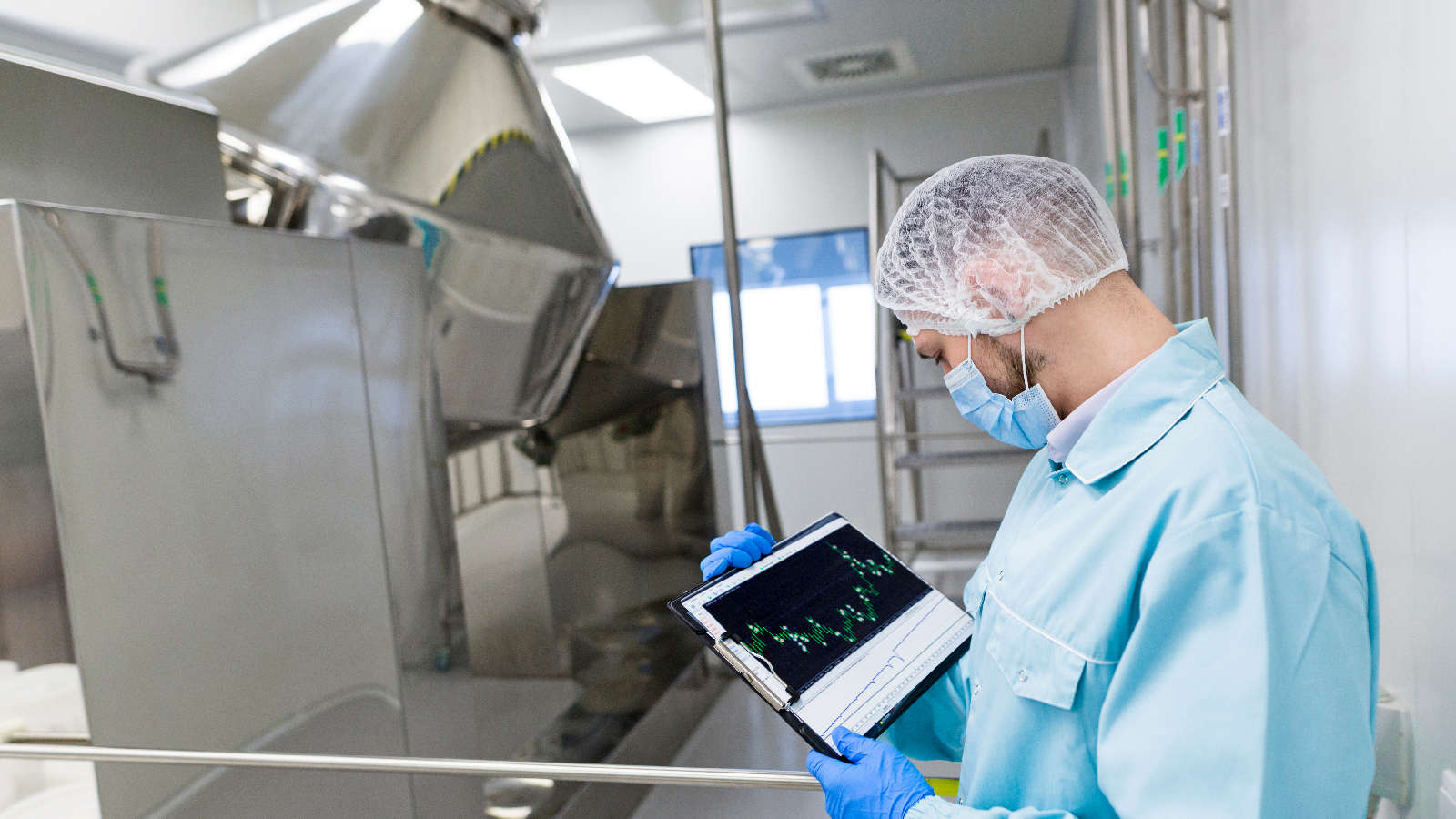Rotational moulding, referred to as rotomolding, is actually a thermoplastic moulding strategy that works well for huge, one-bit hollow items and dual-walled open storage containers like tanks, kayaks, and coolers. It is actually most cost-effective for every year manufacturing figures fewer than 3,000, rendering it ideal for innovators, start off-ups, and modest businesses. Rotomolding is frequently utilized for products with good-high quality coatings, homogeneous wall surface thicknesses, and excellent steadiness. Inserts and whirl weld devices may be directly in the rotomold, and foaming can be employed to produce energy heat retaining material and solidity. As opposed to contending methods like blow moulding and thermoforming, rotomolding results in no crunch-off seams or weld facial lines, resulting in a final product which Rotomolding does not require further functions.
Benefits
•Reduced-charge tooling: As a result of very low running demands, rotomold tooling could be made out of lower-cost metals such as aluminium.
•Higher stableness: Since the moulding materials will not be subjected to additional tension, it can be more secure as well as the probability of faults within the accomplished item is lessened.
•Higher durability: rotomolding makes fuller edges, which minimizes the risk of malfunction at these pressure-attention sites.
Disadvantages
•Substantial cycle instances: rotomolding may take up to three hours to perform one piece at eight rotations per minute.
•Fabric possibilities are minimal: unprocessed components used in rotomolding must be easily changed from granules into a good natural powder and should be thermally stable, limiting material choice to poly-dependent resins.
•High labour costs: rotomolding has yet to obtain mechanisation and automation, necessitating a higher work power than related manufacturing approaches.
Conclusion
As a result of low-strain, high-heat character from the method, rotomold tooling is usually made up of a smooth aluminum including aluminium, and the majority of the resin used is polyethylene due to its little chemical substance breakdown when exposed to high warmth. Inserts, ribs, kiss-offs, undercuts, and foam reinforcements are often integrated into the aspect during the moulding procedure or supplementary handling.
